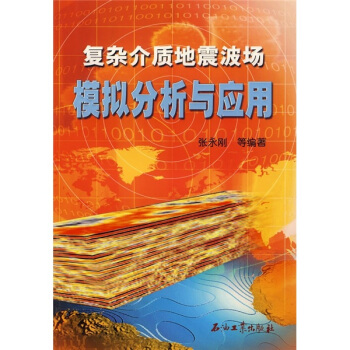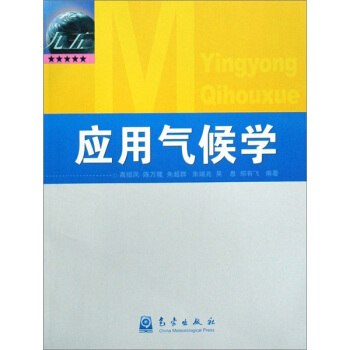![物理经典教材:玻色化和强关联系统(影印版) [Bosonization and Strongly Correlated Systems]](https://pic.windowsfront.com/10104525/c919f631-54f8-40de-a49f-99ae8f384762.jpg)

具体描述
内容简介
Technical aspects of bosonization、A simple case of Bose-Fermi equivalence: Jordan-Wigner、Transformation、One-dimensional fermion States near the Fermi points、Chiral anomaly、Anomalous commutators、Ganssian model. Lagrangian formulation、Bosonization、Interaction with an electromagnetic field; gauge invariance、Conformal symmetry and finite size effects、Gaussian model in the Hamiltonian formulation、Virasoro algebra、Ward identities等等。内页插图
目录
PrefaceAcknowledgements
Part I: Technical aspects of bosonization
A simple case of Bose-Fermi equivalence: Jordan-Wigner ransformation
One-dimensional fermion tates near the Fermi points
Chiral anomaly
Anomalous commutators
Ganssian model. Lagrangian formulation
Bosonization
Interaction with an electromagnetic field; gauge invariance
Conformal symmetry and finite size effects
Gaussian model in the Hamiltonian formulation
Virasoro algebra
Ward identities
Subalgebra sl(2)
Structure of Hilhert space in conformal theories
Differential equations for correlation functions
Dotsenko——Fateev bosonization scheme for the minimal models
Current (Kac-Moody) algebras; the first assault
Sugawara Hamiltonian for Wess-Zumino-Novikov-Witten model
Knizhnik-Zamolodchikov (KZ) equations
Relevant and irrelevant fields
Bose-Einstein Condensation in two dimensions; Beresinskii-
Kesterlitz-Thouless transition
The sine-Gordon model
The renormalization group analysis
Exact solution of the sine-Gordon model
Spin S-1/2 Heisenberg-lsing chain
Explicit expression for the dynamical magnetic susceptibility
Ising model
More about the WZNW model
Special cases
1.1 SU1(2) WZNW model as a Gaussian model
1.2 SU2(2) WZNW model and the Ising model
1.3 SU4(2) as a theory of two bosonic fields
1.4 SUI0(2) as a theory of three bosonic fields
Deformation of the WZNW model and coset constructions
Non-Abelian bosznization
WZNW model in the Lagrangian formulation
Derivation of the Lagrangian
Calculation of a nontrivial determinant
Part II: Application of the bosonization technique to physical models
in (1 + l)-dimemions
Interacting fermions with spin
Spin-l/2 Tomonaga-Luttinger liquid
Instabilities of a Tomonaga-Lnttinger liquid
Electron-phonon interaction
1.1 Incommensurate band filling, the effect on K
1.2 Commensurate band filling
1.3 Appendix
Spectral gap in the spin sector
Optical conductivity
Gap in the charge sector at half-filling and the case of small doping
Appendix. RG equations for the model of one-dimensional electrons
from the SU(2) current algebra
Interacting fermions with broken spin rotational symmetry
U(l)-symmetric Thirring model: relation to sine-Gordon and
massive Thirring models
XYZ Thirring model
Spin correlation functions
Theroleofmagneticfield
IV.ISpin-floptransitionintheXYZmodel
IV.2Toymodelforanorbitalantfferromagnet
WhatmayhappenwithaTomonaga-Luttingerfiquidinthree imensions
Appendix.FermionicGreensfunction
1.1 oordinatespaceGreensfunction
1.2 hespectralfunction(vc>vs)
1.3 ouriertransformoftheGreensfunction(re>v)
1.4 hespectralfunction,vs>vc
1.5 ouriertransformofGreensfunction,vs>vc
TwoweaklycoupledTomonaga-Luttingerliquids;spinlemcase
Spinliquidsinonedimension:exampleofspinladders
Couplingofidenticalchains;theAbelianbosonization
Correlationfunctionsfortheidenticalchains
II.lStaggeredsusceptibilityoftheconventional(Haldane)spin iquid
II.2Dimerizedspinliquid
Inequivalentchains;non-Abelianbosonization
Stringorderparameterinthespin-laddermodel
AppendixA.Thetopologicaltermemergingfromthe
Wess-Zuminoterm
AppendixB.HiddenZ2~Z2symmetryandstringorderparameter
inthebond-alternatingS——-1/2Heisenbergchain
Spin-l/2Heisenbergchainwithalternatingexchange
Appendix.Multiparticleformfactors
Superconductivityinadopedspinliquid
Bosonizationandfermionization
Superconductingfluctuations
Conclusions
Appendix.Conditionsforsuppressionofthesingle-particletunneling
EdgestatesinthequantumHalleffect
PartⅢ Singleimpurityproblems
Potentialsattering
Introduction
Reduction of the local scattering problem to one dimension
The scattering phase
X-ray edge problem (Fermi liquids)
Introduction
Statement of the problem
II.1 Many-body formulation
I1.2 One-particle formulation
Linked dusters expansion
Nozi6res-De Dominicis solution
Exact solution for the overlap integral
Bosonization approach to the X-ray edge problem
VI.1 Boundary condition changing operator (chiral anomaly)
VI.2 X-ray response functions via bosonization
Appendix A. Parquet approximation
Appendix B. The Wiener-Hopf method
Appendix C. Orthogonality of Slater determinants
Impurities in a Tomonaga-Luttinger liquid
Introduction
Weak-coupling analysis of a single impurity
II.1 Bosonization of the impurity Hamiltonian
II.2 Lagrangian formulation: local action
11.3 Renormalization group analysis of local operators
Strong-coupling analysis
III.1 Open boundary bosonization
111.2 Strong-coupling fixed point
Exact solution at K=1/2 and the conductance
Relation of the impurity backscattering model to the Caldeira-eggett model
X-ray edge problem in Tomonaga-Luttinger liquids
Multi-channel Kondo problem
Introduction
Qualitative analysis
The Toulouse limit
The Emery-Kivelson solution
IV.I Greens functions and zero-field free energy
IV.2 Magnetic field effects
IV.3 Wilson ratio
The Toulouse limit for the four-channel Kondo model
Coulomb blockade
VI.1 One-dimensional electrons in point contacts
VI.2 Coulomb blockade and two-channel Kondo model
General bibliography
精彩书摘
This volume provides a detailed account of bosonization. This important tech-nique represents one of the most powerful nonperturbative approaches to many-body systems currently available. The first part of the book examines the technical aspects of bosonization. Topicsinclude one-dimensional fermions, the Gaussian model, the structure of Hilbertspace in conformal theories, Bose-Einstein condensation in two dimensions, non-Abelian bosonization, and the Ising and WZNW models. The second partpresents applications of the bosonization technique to realistic models includingthe Tomonaga-Luttinger liquid, spin liquids in one dimension and the spin-1/2 Heisenberg chain with alternative exchange. The third part addresses theproblems of quantum impurities. Chapters cover potential scattering, the X-rayedge problem, impurities in Tomonaga-Luttinger liquids and the multi-channelKondo problem. This book will be an excellent reference for researchers andgraduate students working in theoretical physics, condensed matter physics andfield theory.前言/序言
We used to think that if we know one, we knew two, because one and oneare two. We are finding that we must learn a great deal more about and.Sir Arthur Eddington, from The Harvest of a Quiet Eye, by A. MackayThe behaviour of large and complex aggregations of elementary particles,it turns out, is not to be understood in terms of a simple extrapolation ofthe properties of a few particles. Instead, at each level of complexity entirelynew properties appear, and the understanding of the new behaviours requiresresearch which I think is as fundamental in its nature as any other.E W. Anderson, from More is Different (1972)
High energy physics continues to fascinate people inside and outside ofscience, being perceived as the most fundamental area of research. Itis believed somehow that the deeper inside the matter we go the closerwe get to the truth. So it is believed that the truth is out there-athigh energies, small distances, short times. Therefore the ultimate theory,Theory of Everything, must be a theory operating at the smallest distancesand times possible where there is no difference between gravitational andall other forces (the Planck scale). All this looks extremely revolutionaryand complicated, but once a condensed matter physicist has found timeand courage to acquaint himself with these ideas and theories, thesewould not appear to him utterly unfamiliar. Moreover, despite the factthat the two branches of physics study objects of vastly different sizes,the deeper into details you go, the more parallels you will find betweenthe concepts used. In many cases the only difference is that models arecalled by different names, but this has more to do with funding than withthe essence.
用户评价
这本书的书名,我第一眼看到就觉得它不是那种随便翻翻就能过去的读物。 “物理经典教材:玻色化和强关联系统(影印版)”,它自带一种严谨和深度。我一直对那些能够统一描述多种复杂物理现象的理论工具充满好奇,而“强关联系统”恰恰是当前凝聚态物理研究中最活跃、也最富挑战性的领域之一。我期待这本书能够系统地介绍如何处理这些系统中粒子之间的强烈相互作用,以及由此产生的各种新奇量子物态。更让我感兴趣的是“玻色化”这一概念,我希望它能够为我提供一种全新的视角,去理解如何将复杂的费米子多体问题,通过特定的数学变换,转化为相对简单的玻色子描述。我尤其希望书中能有清晰的数学推导,带领我一步步理解玻色化方法的精妙之处,并展示它是如何成功应用于理解一维电子、量子霍尔效应、以及拓扑相这类重要的物理问题。影印版的形式,让我感觉仿佛在与历史对话,试图还原最原始的学术思考过程,这对我来说是一种独特的吸引力。
评分这本书的名字就透着一股学究气,"物理经典教材:玻色化和强关联系统(影印版)"——光是读着就觉得脑门儿要被炸开了。我拿到手的时候,它沉甸甸的,封皮那种略带磨损的质感,仿佛承载了无数前辈的智慧与汗水。我一直对那些能够统一描述多种物质现象的理论框架非常着迷,而“玻色化”和“强关联系统”这两个概念,在我脑海里就像是通往更深层物理世界的一扇神秘大门。我希望这本书能够像一位经验丰富的向导,带领我穿越那些晦涩的数学符号和抽象的概念,去理解量子多体系统那些令人惊叹的集体行为。我尤其好奇,作者将如何巧妙地将复杂的玻色化技术应用于那些在凝聚态物理中至关重要的强关联系统中,例如一维电子系统、量子霍尔效应以及一些拓扑相。我知道这绝非易事,但我期待这本书能提供清晰的脉络和详实的推导,让我不仅能了解“是什么”,更能理解“为什么”。影印版的设计也很有意思,保留了原汁原味的学术气息,或许还能从中窥见一些时代的技术印记,这本身也是一种独特的阅读体验。总而言之,我怀着一种既敬畏又期待的心情,准备在这本厚重的书里开启我的探索之旅。
评分每次看到“经典教材”这样的字眼,我都会有一种莫名的期待。这本《物理经典教材:玻色化和强关联系统(影印版)》,光从书名上就能感受到它所承载的知识分量。我一直对那些能够揭示物质深层本质的理论感到着迷,而“强关联系统”正是我一直想要深入了解的领域。这些系统中的粒子之间复杂的相互作用,常常会涌现出一些单粒子理论无法解释的奇特现象,例如高温超导、量子磁性等等。我希望这本书能够为我打开一扇理解这些复杂系统的新视角。而“玻色化”,作为一种强大的理论工具,我希望它能够帮助我理解,如何将原本费米子构成的复杂多体问题,通过一些巧妙的变换,转化为更易于处理的玻色子模型。我期待书中能够给出清晰的推导过程,让我能够真正掌握这种方法的精髓。同时,我对于玻色化在描述一维电子系统、量子相变等具体问题中的应用也充满兴趣。影印版的设计,也许能让我体会到一种复古的学术氛围,让我在学习理论知识的同时,也能感受到知识传承的厚重感。
评分说实话,这本书的名字我有点打怵。 “玻色化和强关联系统”听起来就不是那种能在午后阳光下轻松翻阅的小说,更像是一颗颗需要费力啃下的硬骨头。我一直对“强关联”这个词本身就有一种莫名的吸引力,它暗示着粒子之间的相互作用是如此复杂,以至于单个粒子的行为无法简单预测,而是涌现出一些宏观的、意想不到的集体效应。而“玻色化”这个概念,则像是试图用一种更简化的语言来描述这些复杂的系统,特别是那些在低维度下表现出奇特量子行为的系统。我希望这本书能够帮助我理解,在诸如一维材料、超导、磁性等领域,玻色化技术是如何发挥其强大威力,将看似难以处理的电子-电子相互作用等问题,转化为相对更容易操作的玻色子模型。我尤其期待书中能够提供一些具体的例子,展示玻色化如何成功地解释一些实验观测到的现象,例如某些材料的普适标度律,或者拓扑序的存在。影印版的书籍,我总觉得有一种特殊的质感,好像能触摸到知识的厚重,也希望它在排版和图示上能够尽量清晰,不会让我在理解复杂的数学推导时徒增负担。
评分这本书,让我联想到了当年那些在图书馆的角落里,静静等待被发掘的珍宝。《物理经典教材:玻色化和强关联系统(影印版)》,光是这个名字就充满了学术的厚度,我期待它能够成为我理解现代凝聚态物理核心概念的敲门砖。我一直对如何用更基础的理论去描述更复杂的物理现象感到好奇,而玻色化和强关联系统恰恰是解决这一难题的关键。我希望这本书能够深入浅出地介绍玻色化是如何将费米子系统转化为等效的玻色子场,从而简化了对低维强关联系统的分析。我特别希望书中能有详细的数学推导,让我能一步步跟着作者的思路,理解其中的逻辑和技巧。同时,我对于“强关联系统”本身所包含的丰富物理内容也充满兴趣,比如量子相变、拓扑序、以及诸如分数量子霍尔效应之类的奇特物态。我期待这本书能够提供清晰的框架,将这些概念有机地联系起来,并展示玻色化在理解和预测这些现象中的作用。影印版的形式,或许能让我感受到原著的学术风格,即便在现代科技如此发达的今天,经典教材的魅力依然不减。
相关图书
本站所有内容均为互联网搜索引擎提供的公开搜索信息,本站不存储任何数据与内容,任何内容与数据均与本站无关,如有需要请联系相关搜索引擎包括但不限于百度,google,bing,sogou 等
© 2025 book.coffeedeals.club All Rights Reserved. 静流书站 版权所有

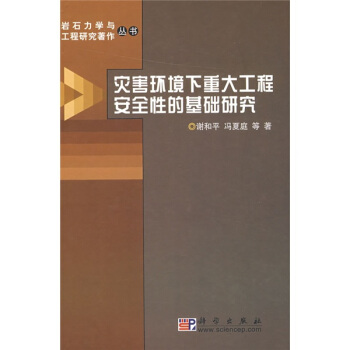
![拓扑学教程:理论及应用 [Introduction to Topology:Theory and Applications] pdf epub mobi 电子书 下载](https://pic.windowsfront.com/10126587/5652a67cNbcad82de.jpg)

![人的安全:概念及应用 [Human Security:The Concept and Its Application] pdf epub mobi 电子书 下载](https://pic.windowsfront.com/10159428/f23cc76b-3550-4a8a-b579-1ae56437d731.jpg)
![不动点理论导论(英文版) [Fixed Point Theory:An Introduction] pdf epub mobi 电子书 下载](https://pic.windowsfront.com/10184576/87eac2f0-9fdc-4693-91f8-6ef00a840c90.jpg)
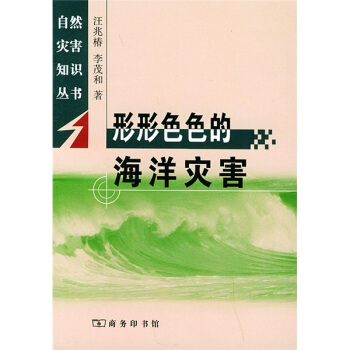
![中国药用植物种子原色图鉴 [Illustrated seeds of Chinese medicinal plants] pdf epub mobi 电子书 下载](https://pic.windowsfront.com/10290953/488ceaa4-d632-4550-937d-109fc16de41f.jpg)
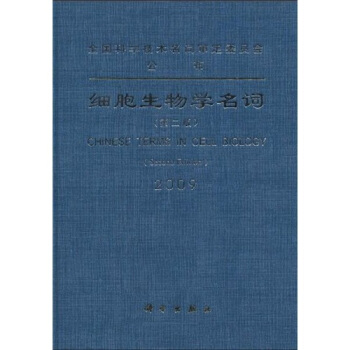
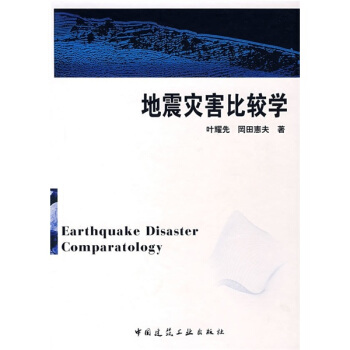

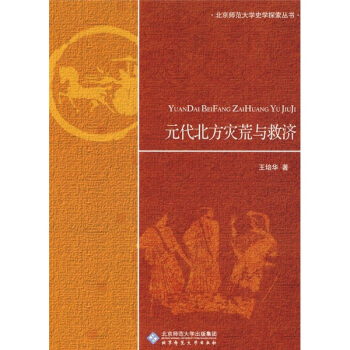
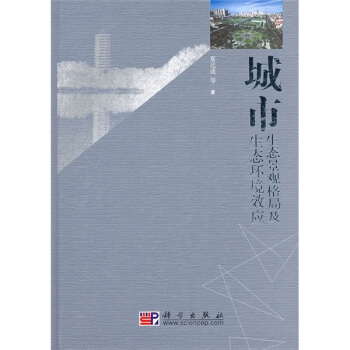
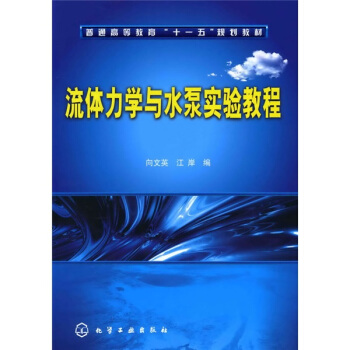
![量子力学简明教程 [Lectures on Quantum Mechanics] pdf epub mobi 电子书 下载](https://pic.windowsfront.com/10397939/89a5d535-b3be-4bb6-9b2e-0908d6606179.jpg)
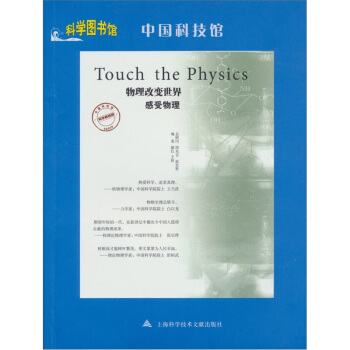
![研究生系列教材:物理学前沿问题 [Frontier Topics in Physics] pdf epub mobi 电子书 下载](https://pic.windowsfront.com/10568852/3e7e4112-0be4-44ab-b95f-af48f89d001e.jpg)
![“十二五”国家重点图书:细胞力学进展(英文版) [Advances in Materials and Mechanics] pdf epub mobi 电子书 下载](https://pic.windowsfront.com/10695784/565524f3N82cd97c7.jpg)

